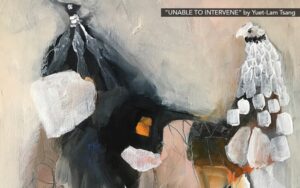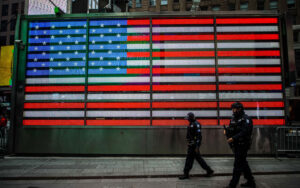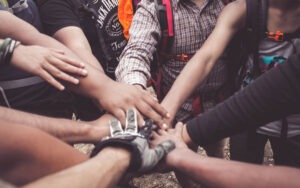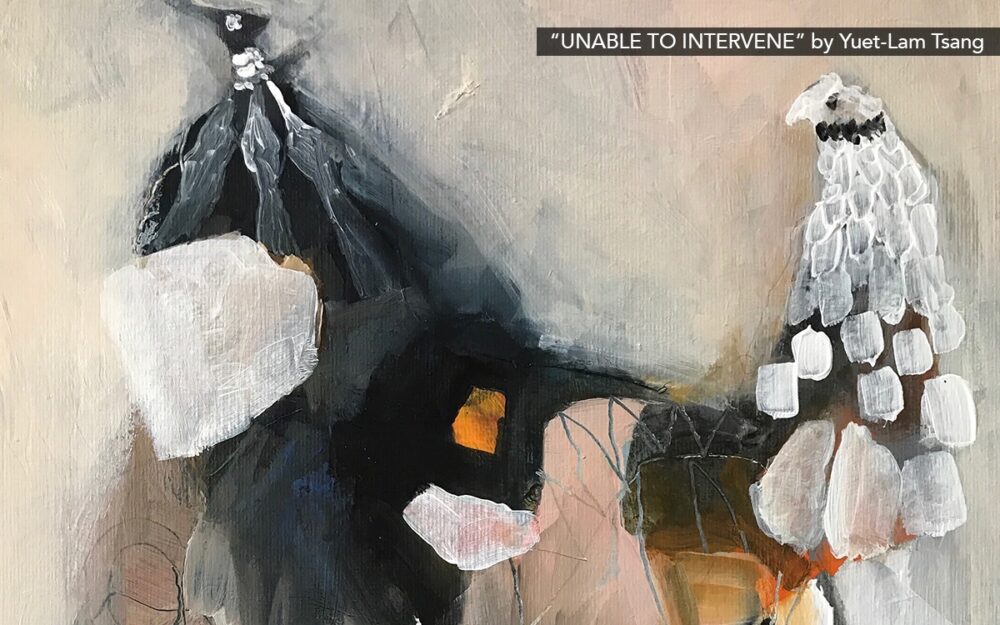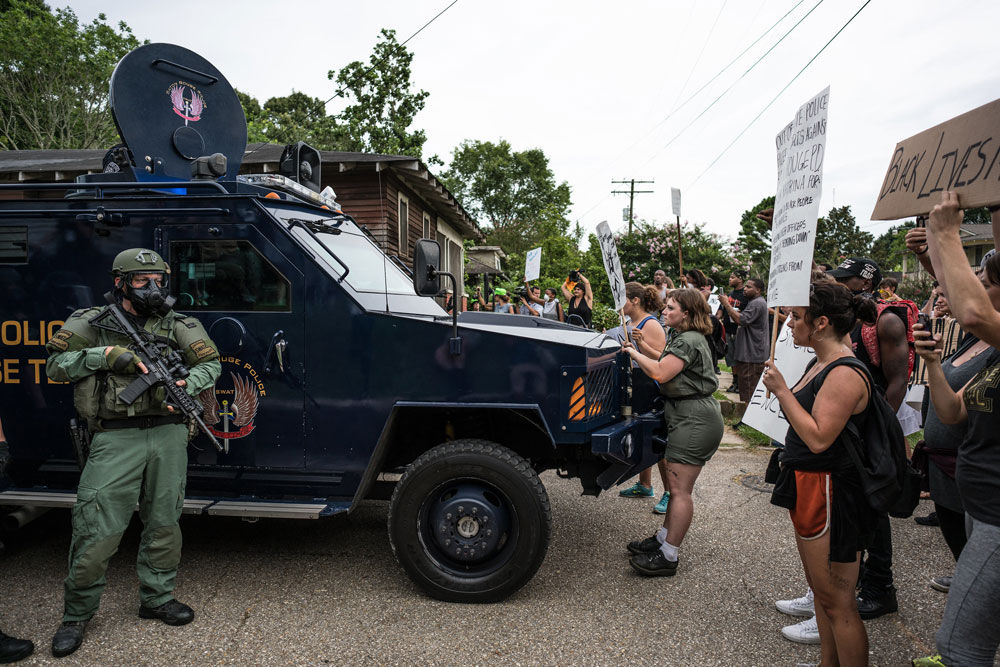
On January 6th, as a Trumpist mob threatened to shut down Congress and the democratic process, a well-known picture of law enforcement bias was made evident once more. As white men and women broke police barriers, smashed windows, and stormed the Capitol, they were often treated with kid gloves by police who seemed surprised these people could turn violent. The contrast with how Black Lives Matter protesters were treated in the same city just months before could hardly have been sharper.
Research by the Armed Conflict Location & Event Data Project (ACLED) provides further documentation of this divide. Over the course of the last several years, ACLED and the Bridging Divides Initiative (BDI) at Princeton University have been gathering data about political violence, protest, and police response.
Based on ongoing data collection, in their analysis, Demonstrations & Political Violence in America: New Data for Summer 2020, Dr. Roudabeh Kishi and Sam Jones found that 93 percent of all demonstrations associated with the Black Lives Matter movement were nonviolent. Yet, according to ACLED, the use of force against mostly peaceful BLM protesters escalated quickly in over 170 events, or nearly one in 10 demonstrations. This level of police intervention is three times that faced by demonstrators in protests unassociated with BLM.
When police mobilize, the use of force is common. As Kishi and Jones detail, “Authorities have used force—such as firing less-lethal weapons like tear gas, rubber bullets, and pepper spray or beating demonstrators with batons—in over 54 percent of the demonstrations in which they have engaged.”
Writing in the Guardian, Lois Beckett reports on broader data that show that “law enforcement was about three times more likely to use force against leftwing versus rightwing protests.”
The disparity in police response only grew when comparing peaceful leftwing versus rightwing protests. Looking at the subset of protests in which demonstrators did not engage in any violence, vandalism, or looting, law enforcement officers were about 3.5 times more likely to use force against leftwing protests than rightwing protests, with about 1.8 percent of peaceful leftwing protests and only half a percent of peaceful rightwing protests met with teargas, rubber bullets, or other force from law enforcement.
Sign up for our free newsletters
Subscribe to NPQ's newsletters to have our top stories delivered directly to your inbox.
By signing up, you agree to our privacy policy and terms of use, and to receive messages from NPQ and our partners.
These findings would not surprise Letitia James, attorney general for the state of New York. Her office’s review of New York City’s response to protests earlier this year found, as reported by Marty Johnson in The Hill, “a pattern of deeply concerning and unlawful practices that the NYPD [New York Police Department] utilized in response to these largely peaceful protests….The NYPD arrested or detained hundreds of protesters, legal observers, medics and others without legal justification…in total, we found over 155 incidents of officers using excessive and unreasonable force against protesters.”
Chidozie Obasi, writing for Harper’s Bazaar, puts it more plainly:
The differing treatment of the police, which we saw so plainly at the Capitol, says a lot about white supremacy. It exemplifies how much racial disparity is engrained in the nation’s system and how white privilege sits at the heart of racial injustice. In times of political strife and social angst, to see the scary reality of racial inequality taken to extreme proportions, look to the US: if Black people were the ones climbing up walls and causing havoc, the consequences would have been far more devastating. More guns would have been fired and the death toll would have been much higher, all at the hands of white power. To put it simply: if you are white and angry you get away with untold crimes, but if you are Black and show a sentiment of anxiety, if you protest for basic human rights, you are demonized.
ACLED’s researchers warned back in December 2020 that the trajectory of right-wing mobilizations were on the increase, albeit met with very limited government intervention (low levels of force, rare arrests, minimal legal consequences), while the total number of demonstrations involving militias increased dramatically after the election.
The question of how to reform our approaches to law enforcement and policing is being hotly debated. We may breathe more easily provided Inauguration Day passes calmly, but would do well to not lose sight of the underlying fragility of our nation.—Martin Levine and Sofia Jarrin




